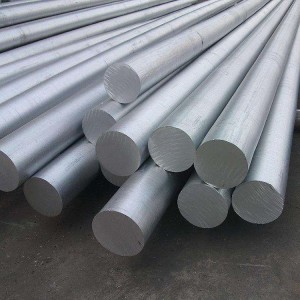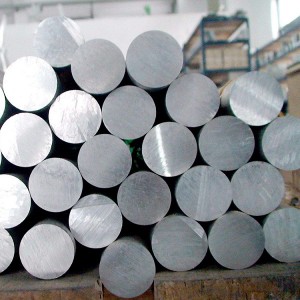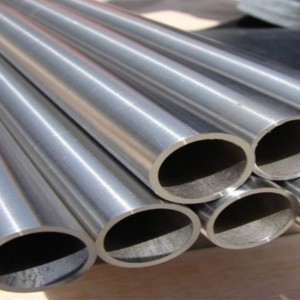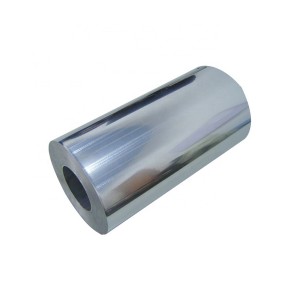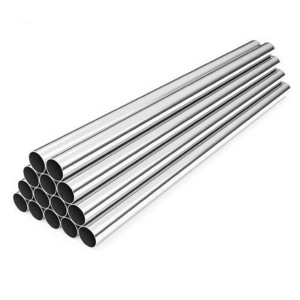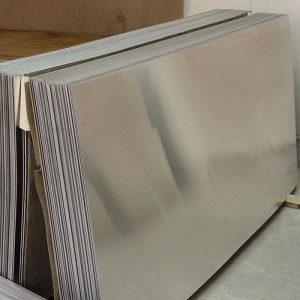Product Description
The 1000 series belongs to the series with the most aluminum content. The purity can reach more than 99.00%. Since it does not contain other technical elements, the production process is relatively simple and the price is relatively cheap. It is the most commonly used series in conventional industries. Most of the circulating on the market are 1050 and 1060 series. 1000 series aluminum rods determine the minimum aluminum content of this series according to the last two Arabic numerals. For example, the last two Arabic numerals of 1050 series are 50. According to the international brand naming principle, the aluminum content must reach more than 99.5% to be qualified products. my country's aluminum alloy technical standard (gB/T3880-2006) also clearly stipulates that the aluminum content of 1050 should reach 99.5%.
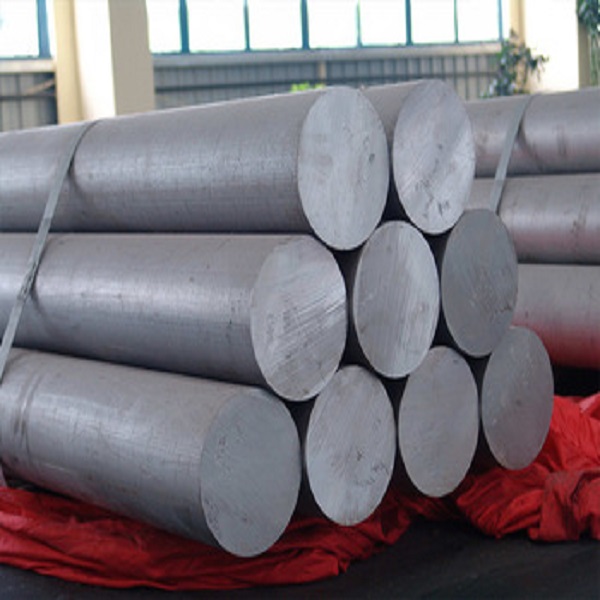
For the same reason, the aluminum content of 1060 series aluminum rods must reach more than 99.6%. Characteristics of 1050 Industrial pure aluminum has the general characteristics of aluminum, such as low density, good electrical and thermal conductivity, good corrosion resistance, and good plastic workability. It can be processed into plates, strips, foils and extruded products, and can be used for gas welding, argon arc welding and spot welding.
Application of 1050 1050 aluminum is commonly used in daily necessities, lighting appliances, reflectors, decorations, chemical containers, heat sinks, signs, electronics, lamps, nameplates, electrical appliances, stamping parts and other products. In some occasions where corrosion resistance and formability are required at the same time, but the strength requirements are not high, chemical equipment is its typical use.
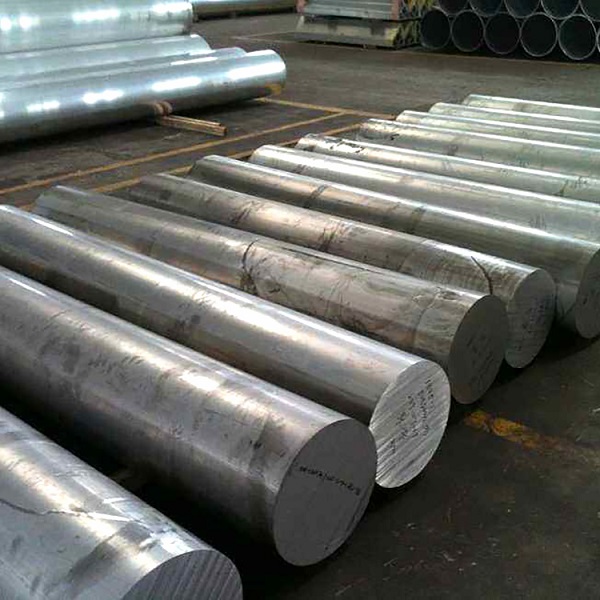
1060 pure aluminum: industrial pure aluminum has the characteristics of high plasticity, corrosion resistance, good electrical and thermal conductivity, but low strength, no heat treatment strengthening, poor machinability, and acceptable contact welding and gas welding. More use of its advantages to manufacture some structural parts with specific properties, such as gaskets and capacitors made of aluminum foil, valve isolation nets, wires, cable protection jackets, nets, wire cores and aircraft ventilation system parts and trims.
Cold working is the most common method of forming Aluminum 1100. A cold metalworking process is any metal forming or forming process performed at or near room temperature. Aluminum 1100 can be formed into many different products, including chemical equipment, railroad tank cars, tailplanes, dials, nameplates, cookware, rivets, reflectors and sheet metal. Aluminium 1100 is also used in the plumbing and lighting industries, as are various other industries.
Aluminum 1100 is one of the softest aluminum alloys and is therefore not used for high strength or high pressure applications. While it is usually cold worked, pure aluminum can also be hot worked, but more commonly, aluminum is formed by spinning, stamping and drawing processes, none of which require the use of high temperatures. These processes produce aluminium in the form of foil, sheet, round or bar, sheet, strip and wire. Aluminum 1100 can also be welded; resistance welding is possible, but it can be difficult and usually requires the attention of a skilled welder. Aluminum 1100 is just one of several common aluminum alloys that are soft, low-strength and, at 99% aluminum, commercially pure. The remaining elements include copper, iron, magnesium, manganese, silicon, titanium, vanadium and zinc.
Chemical Composition and Mechanical Property 1060
|
Al |
Si |
Cu |
Mg |
Zn |
Mn |
Ti |
V |
Fe |
|
99.50 |
≤0.25 |
≤0.05 |
≤0.05 |
≤0.05 |
≤0.05 |
≤0.03 |
≤0.05 |
0.00-0.40 |
|
TensileStrength(Mpa) |
60-100 |
|
EL(%) |
≥23 |
|
Density(g/cm³) |
2.68 |
Product Parameter1050
|
Chemical Composition |
|||||
|
Alloy |
Si |
Fe |
Cu |
Mn |
Mg |
|
1050 |
0.25 |
0.4 |
0.05 |
0.05 |
0.05 |
|
Zn |
-- |
Ti |
Each |
Total |
Al. |
|
0.05 |
0.05V |
0.03 |
0.03 |
- |
99.5 |
Mechanical properties
Tensile strength σb (MPa): 110~145. Elongation δ10 (%): 3~15.
Heat treatment specifications:
1. Complete annealing: heating 390~430℃; depending on the effective thickness of the material, the holding time is 30~120min; cooling with the furnace to 300℃ at a rate of 30~50℃/h, and then air cooling.
2. Rapid annealing: heating 350~370℃; depending on the effective thickness of the material, the holding time is 30~120min; air or water cooling.
3. Quenching and aging: quenching 500~510℃, air cooling; artificial aging 95~105℃, 3h, air cooling; natural aging room temperature 120h

